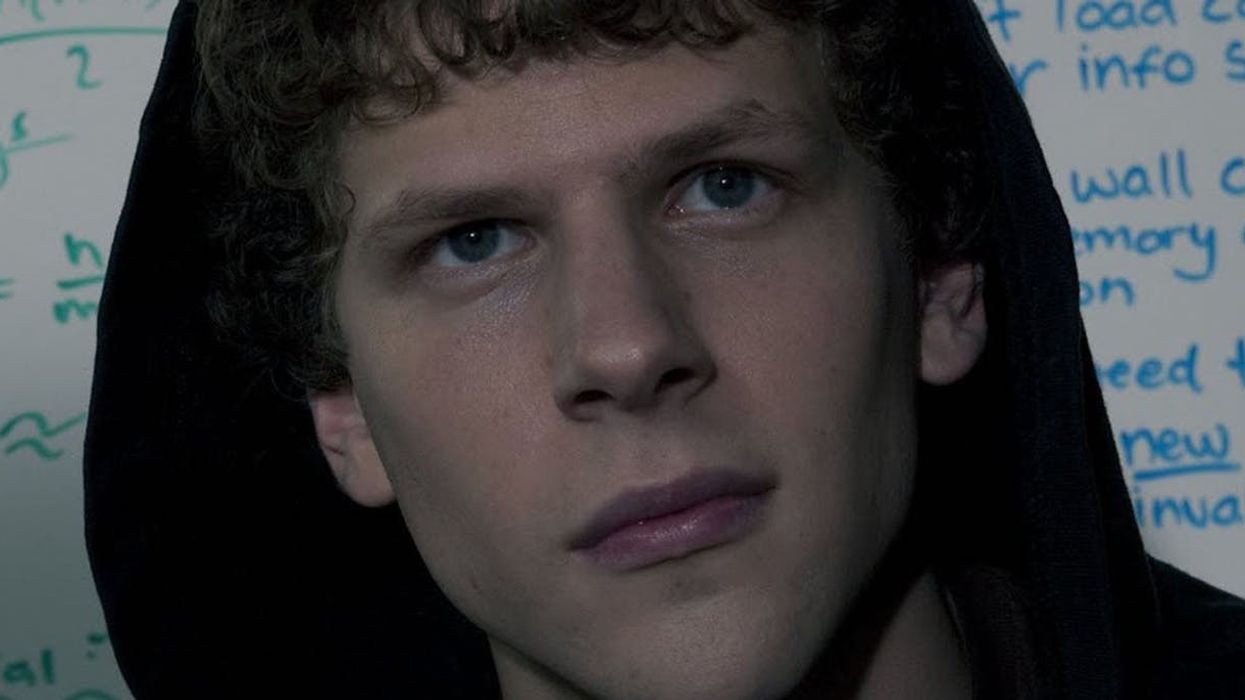Watch: David Fincher is a Secret Mastermind of Visual Effects
A new video essay looks at some of the incredible (and usually invisible) VFX work in David Fincher's films.

David Fincher may not be widely regarded as a visual effects director, but the fact is, he got his start at ILM in the early '80s working on Return of the Jedi. Also, The Social Network has more VFX shots than Godzilla (the one from the '90s, with P. Diddy and Jimmy Page).
In a new video essay, Kristian Williams shows how David Fincher puts his visual effects to work in the service of his narratives, and how this artistry makes him a "master of deception."
Fincher may be known for his steely color palette, unconventionally structured narratives, and psychologically complex characters, but beyond a few bravura visual sequences that very much call attention to themselves (in Fight Club, Benjamin Button, et al.), these effects are usually hidden. The reason the director does this, according to Williams, is that he's always thinking in terms of how visuals can help tell his story—and, because Fincher has the technical skill to hide his handiwork, "he knows how and when to use an effect, and use it effectively."
"He knows how and when to use an effect, and use it effectively."
One example of a Fincher film that's chock-full of effects shots is Zodiac. A few minutes in, the film gives us its establishing location shot—which, weirdly, is not the Golden Gate Bridge (the go-to shot for every San Francisco-based movie or TV show from Full House to Dirty Harry), but rather a historically accurate recreation of the San Francisco skyline in 1969, which includes a reconstruction of the Embarcadero freeway that fell during the earthquake of 1980.
Nearly every shot in the movie has been altered in some way, but all of the effects are in the service of the film's narrative. Fincher uses visual effects to set tone and control the flow of visual information.
For instance, the film's opening scene, a murder that takes place on a lover's lane at night, wasn't actually shot at night—or even outside. It was shot in a studio. All of the blood is CG. Williams posits that because Fincher is a perfectionist who likes to shoot a lot of takes, using effects in post such as CG blood enable him to simplify the shooting process. (In this case, he didn't need to clean up fake blood, which would take time away from shooting more takes.)
When The Social Network was released, much of the praise went to Jesse Eisenberg's performance and Aaron Sorkin's trademark dialogue. What went unappreciated was the VFX.
Take the Henley Royal Regatta sequence, for example. Though less than two minutes long, this scene is composed of 57 shots, all of which are CG-altered. It features 3D-tracking to replace the backgrounds and depth maps to simulate tilt-shift photography and create a sense of isolation around the Winklevoss Twins—not to mention that the director seamlessly took one actor's face and made twins by putting it on another's, using advanced 3D-masking techniques.
There are more examples of Fincher's ingenious use of VFX in the video essay. It's useful for any filmmaker to observe how the director uses that skill in the service of a unique aesthetic—always backed by narrative—and how he deploys it within a process that works for him.
Source: Kaptainkristian











